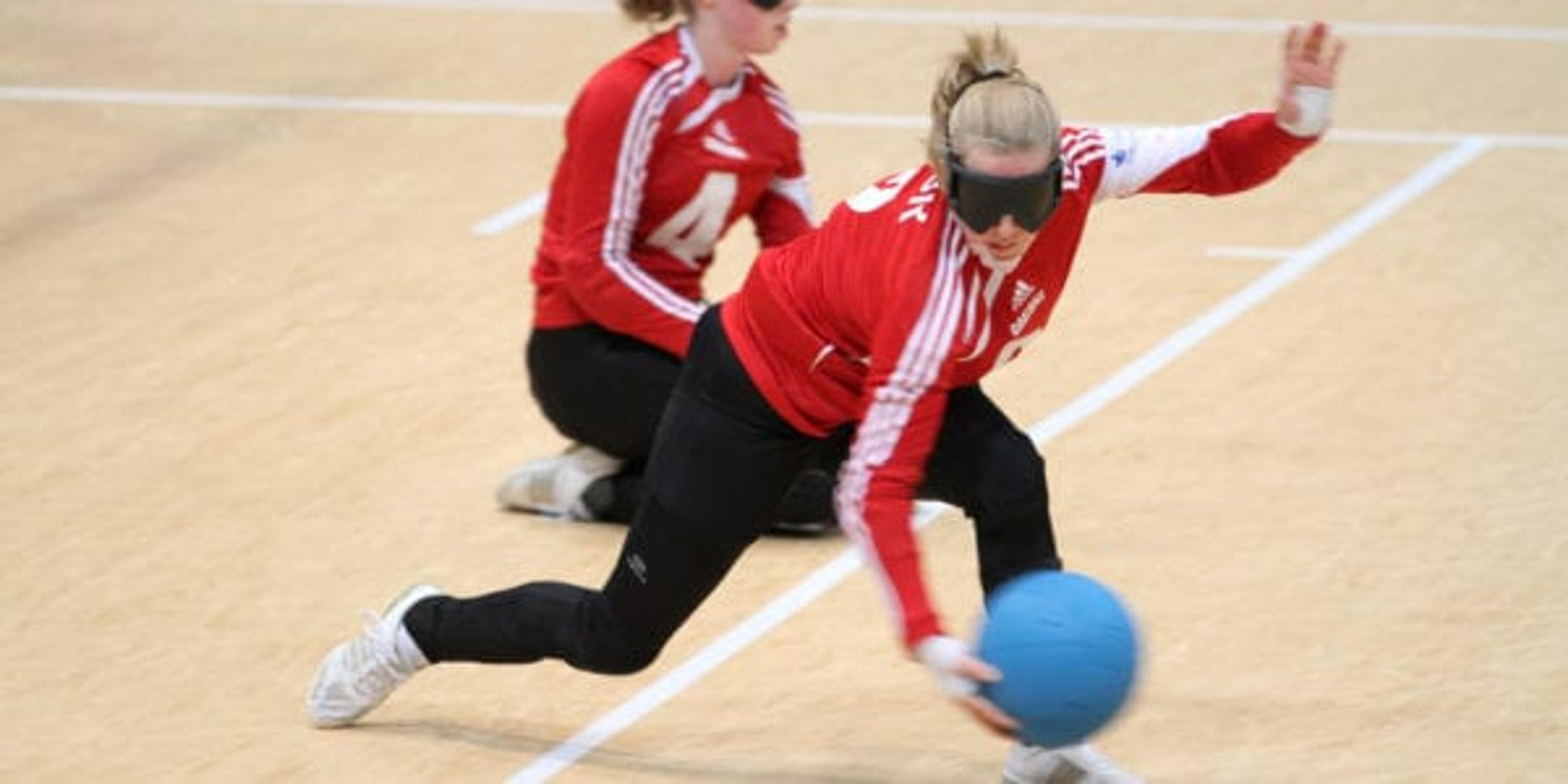Goalball: Fast-Paced Game Growing in Popularity for Visually Impaired Players

Julie Bitely
| 2 min read

Imagine a large, heavy ball hurled toward you down an 18-meter court. Your job: stop it from entering the nine-meter goal behind you by throwing your body in front of it.
Think you could do it? How about with a room-darkening blindfold on?
That’s the premise of goalball, a fast-growing sport played exclusively by visually-impaired athletes. Teams of three use their hearing and tactile senses to stop that fast-moving ball from entering their net, thrown by a player on the opposing team. Eye masks are worn to ensure everyone’s visual ability is equal. The ball has a bell inside, allowing players to audibly locate its position, which demands complete silence from the audience. The court is marked with tape placed over twine so that players can feel where they are in relation to their goal.
Watch some goalball action below:
According to Team USA’s website, the sport was created in 1946 by Hanz Lorenzen and Sett Reindle as a way to rehabilitate World War II veterans who had lost their vision and is now played in 112 countries. Both the men’s and women’s teams competed at the Rio 2016 Paralympic Games, with the men capturing a silver medal and the women taking home bronze.
Interested in getting your kids into goalball? The Greater Detroit Agency for the Blind and Visually Impaired offers a two-week youth summer goalball session they can enroll in.
If you enjoyed this post, you might also like:
Photo credit: gjtaylor





